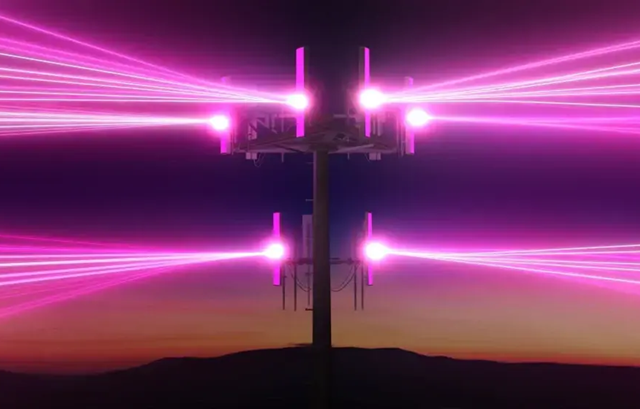Before we get to 5G UC, we'll need to take a quick look at what 5G is and how it all works.
What is 5G?
Simply put, 5G is the fifth generation of wireless technology. It's the newest global standard in a vast line of mobile network standards, including 1G, 2G, 3G and 4G.This technology delivers high-speed, low-latency connectivity to not only your mobile device, but to all of those handy Internet of Things (IoT) devices at home, like camera doorbells, app-controlled lights, smart appliances, voice assistants, security systems and beyond. 5G has broad coverage that includes many urban city centers, suburban neighborhoods, and a growing number of rural areas. 5G technology has allowed many people to "cut the cord" like never before, opting for the freedom of wireless devices over the tethered computers and devices of yesteryear.
What is 5G UC?
The "UC" after 5G stands for "Ultra Capacity," which is a term that T-Mobile uses to describe a part of our 5G network that utilizes mid-band and/or high-band (mmWave) 5G frequencies. This provides connectivity for data-intensive applications like streaming high-definition videos, for example, or for things like gaming or transferring big files. It's different from 5G Extended Range, our low-band 5G network, which makes up the foundation of our nationwide 5G, bringing service to big cities, rural towns, and many places in between. Currently, most 5G-capable phones can access both Extended Range 5G and Ultra Capacity 5G. When you see the 5G UC icon on your 5G-ready device, you'll know you’re in an area with these speeds.
What about 5G Standalone?
Often times, 5G works in tandem with our 4G LTE network to supplement your coverage—that’s referred to as 5G NSA (Non-standalone). However, T-Mobile was the first in the nation to roll out what’s known as 5G SA (Standalone), which operates independently from the 4G LTE network, enabling customers to enjoy a great network experience on 5G-capable devices (some devices already have the 5G SA update, while others will come at a later date.) 5G SA is already helping to expand the 5G coverage capacity, data speeds, and lower latency needed to help 5G reach its full potential! We’ve deployed 5G SA nationwide and we’ll continue to expand its availability in the coming years.
You may also be interested in:
- T-Mobile Coverage Map
- 5G vs. 4G
- 5G Benefits
- The Latest 5G Phones
- T-Mobile Revs Up Millimeter Wave with 5G Standalone
Sources:
- https://www.gartner.com/en/information-technology/glossary/5g
- https://www.t-mobile.com/support/coverage/t-mobile-network
- https://www.t-mobile.com/coverage/coverage-map
- https://www.t-mobile.com/home-internet/faq
- https://www.t-mobile.com/support/devices/latest-sim-for-great-network-experience#FAQs
- https://www.t-mobile.com/news/network/t-mobile-revs-up-millimeter-wave-with-5g-standalone
